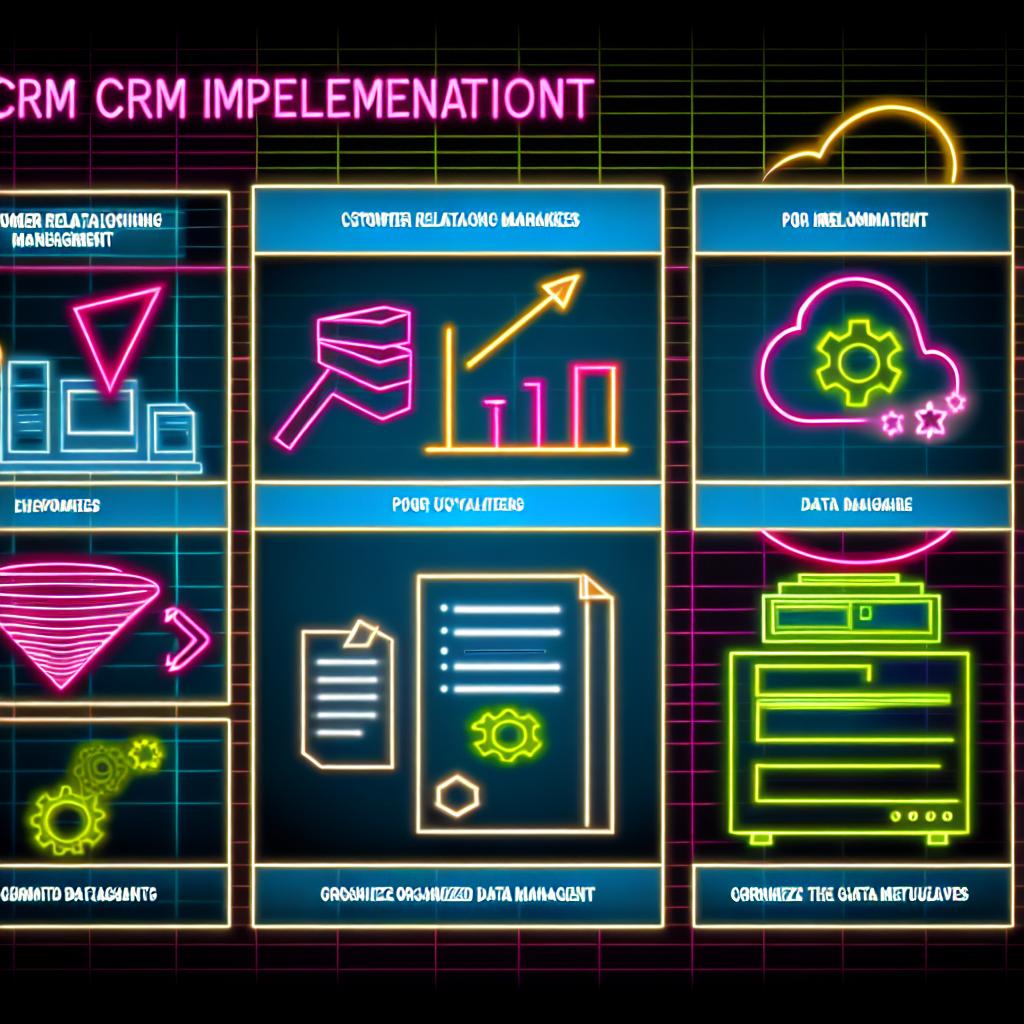Embarking on the journey of integrating a Customer Relationship Management (CRM) system into your business operations is a pivotal decision, one that can redefine your customer interactions and streamline your processes. However,...
The importance of a competitor analysis in inbound marketing
When you create an inbound marketing strategy, it is pivotal to know your audience. If you don’t know how your customers are coming to your business. It’s not good to only look inward though, you also have a whole wide variety of other businesses you can analyse eg competitor analysis.
These businesses are of course your competitors. They might have established themselves prior to your business, but they are a great source of information. You aren’t the only one trying to research what works, your competitors are too.
There are various ways that you can research your competitor, various areas you can look at. The reason that competitor analysis works is that they are also doing the same research. They also want clients to go to their business.
See what works
By providing additional information on what works for other companies, you may find marketing methods you didn’t think of. For example, you might be focusing on creating written content but your competitor has a lot of success with Podcasts.
You then decide to follow that success and start your own podcast, but you later see a competitor having mixed success with video. So you decide to not chase video content. Competitor analysis provides you with a great deal of information. This information shouldn’t be wasted.
You’re not in a vacuum
When you try to engage with your audience you’re doing so in competition with other businesses. Before a customer engages with you, they might have tried engaging with the competition. If you are performing better than your competition that’s great, but if you’re not you also need to know why.
It will also provide you with concepts and ideas of other techniques to try. Maybe your competitor is ranking for a keyword that you didn’t think would work. All this information is vital and valuable.
How to successfully analyse a competitor
There are a few steps to successful doing a competitor analysis. All these steps depend on what exactly you are trying to do:
- Find the right tools for the job
- A lot of information you require is available publicly. You can see a competitor’s social media, you can subscribe to their newsletter and more
- You can also subscribe to tools that help you out. Some are focused on Social Media, others on Search Engine Marketing, others provide you with a wide view of all the places your competitors are working. We recommend SEMrush and Moz, Neil Patel’s UberSuggest is also great.
- Identify your top competitors
- There are actually several types of competition you need to keep in mind. You might believe you know all your competitors, but this might not be the case.
- Product Competitors – similar products or services
- Search Competitors – businesses with the same keywords as you (Highest in the search rankings)
- PPC Competitors – competitors in the Pay-Per-Click (PPC) field (Highest ranking)
- Social Competitors – social media competitors (The biggest one that dominates your space)
- Even though these businesses might not always be direct competition, see why they do well.
- There are actually several types of competition you need to keep in mind. You might believe you know all your competitors, but this might not be the case.
- Find out how they are having success.
- Look at the competition in the areas above and start analysing. All of them.
- SEO – Look at the top spots for the keywords. Analyse their post lengths and see what they do better and different from others
- Content Marketing – Go through their blogs, whitepapers, eBooks, check out their videos and podcasts. Look at which convert bests and figure out why. Those pieces that do well, you need to realise if it’s the language, post length, their format and anything else that stands out.
- Paid Ads – You need the right tools for this. You can see what keywords competitors are ranking for and which they are targeting in their campaigns. This helps you figure out which will work best for you.
- Social Media – Investigate the Social Media channels your competitors are active on. See what works best, even if you’re not active on it yourself. Check out when they post, what hashtags they use, how often they post and what they’re sharing. Find out how these all factor into the number of followers and amount of engagement they receive.
- Email marketing – Look at how their email marketing is set up. What kind of subject lines do they use, where are their CTAs and how big are their emails?
- Look at the competition in the areas above and start analysing. All of them.
- Start figuring out what their marketing plan might be
- Now work backwards and start thinking of the following:
- What is their positioning?
- Who are they trying to reach?
- What are the main keywords and topics they are marketing to?
- Which channels give them the most success?
- How do their different marketing channels support that success?
- You can be certain your competitor is doing the same, so spend a good time figuring this out.
- Now work backwards and start thinking of the following:
- Understand the main takeaways from this plan
- Start seeing who is really winning in which area. Write down their names
- Then make a chart and figure out why. What are they doing to be having success?
- Find out what parts of their strategy would really work with that audience
- Some of this will, of course, be guessing. However, you’ve done research and a lot of comparisons so it’s a semi-educated guess.
- Then work this all out in a list of successful strategies and take it to your planning session.
- Use these findings in your marketing plan
- Rework your upcoming content strategies to include some of the findings that stood out to you.
- Your SEO team can start working on new keywords to try to rank for. Writing relevant content and publishing and promoting it.
- Keep using their best tactics and rewrite your report over time. Keep working on what works and develop your plan
Of course, you and your team would have a good understanding of what works. But why not look at others to figure out what can also work. There is no shame in borrowing great ideas. By working on this analysis, you will be able to get more data and become more successful. Meaning that it’s a win-win for everyone.
From the blog


